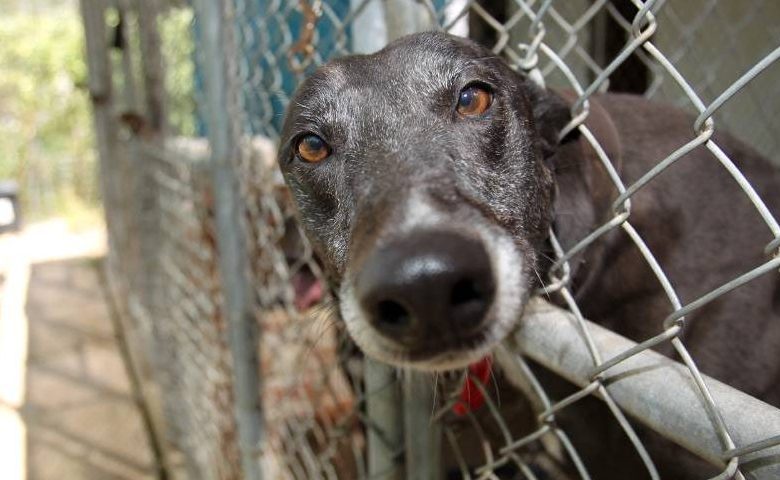Bedding
Your greyhound will like a soft thick bed, like an old doona. They like to stretch out, sometimes finding basket-type beds too constricting. They will make a beeline for the sofa, so if you do not want them to use it, you will need to set some ground rules early. Putting obstacles on the sofa when you are not in the room will often help.
Teeth
Due to only soft foods provided by trainers, greyhounds have a reputation for bad teeth, which is why tooth brushing and maintenance is an important part of owning a greyhound. Chews will help to keep teeth healthy, and we recommend you use special dog toothpaste and gently brush his teeth clean. Do not use human toothpaste.
Fleas
Fleas can be difficult to shift if a dog has had a large infestation, so do keep re-checking and make sure you use a good flea preparation provided by your vet.
Feet
Greyhound claws need regular trimming. If this is neglected, the dog will walk awkwardly, causing further problems. It is best to let your vet do it first while you watch before attempting to do it yourself. As with all dogs, Greyhounds should not be walked on bitumen, sand or concrete on excessively hot days in Australia, as their pads can be scorched. If the ground is too hot for you to walk on bare feet, then it is also too hot for your dog.
Collars
Your dog should wear a Martingale collar specifically made with Greyhounds in mind. Greyhounds have tapered necks and tiny ears, so a loose collar can easily slip over their heads which is very dangerous when out on a walk. Make sure that the collar is adjusted whilst it is at the top of the neck and cannot slide off. If in doubt, or if you have a nervous greyhound, use a harness as well. You can get a lead that will clip to both the collar and harness and keep your dog very safe.
Injuries
Your dog may have been retired from racing through injury. The centrifugal forces of the sharp bends on a track put enormous strain on the dog’s joints and toes. Injury may be caused by falling or colliding with other dogs at speed. This will not always be obvious, but just like us, your dog may become prone to arthritis later on.
Coat/Skin
Greyhounds often come out of racing kennels with their coats patchy and scurfy. You will find that once in a home, they will lose this kennel coat and a beautiful shiny, sleek coat will appear. Grooming and good feeding (see Fact Sheet 3 “Feeding Your Dog”) will help speed this process up.
There is much conjecture in relation to the hair loss that appears around a greyhound’s rump, flank and back of legs. Schools of thought in relation to hair loss include mites, skin bacteria, thyroid conditions and living on concrete floors while in trainers’ kennels. Some dogs will remain this way for years, whereas others will have hair return after several months in your care. We recommend you discuss this with your vet.
Worming
Please remember to worm your dog regularly. A vet will best advise you on a suitable product.
Heartworm
We recommend you discuss with your vet in relation to whether you provide monthly tablets and an annual injection. Either way, preventative treatment for this disease is an important consideration when owning a greyhound (or any dog for that matter).
Vaccinations
The Australian Veterinary Association recommends vaccination boosters every three years.



